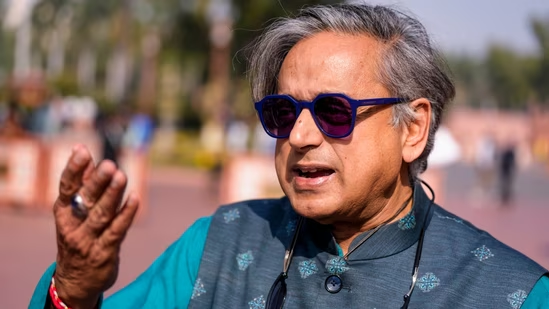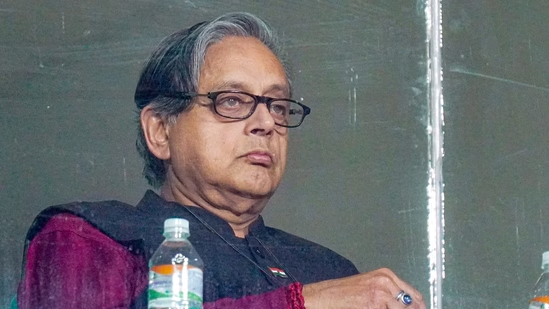How did Sumit Nagal, ranked 137 currently in the world, manage to beat Bublik, a seed, a player who is ranked 110 places above him in the ATP rankings?
Sumit Nagal has done what very few Indian tennis players could in men’s singles. He advanced to the second round of the Australian Open 2024 – becoming only the second Indian male player after Somdev Devvarman since 2013. In the process, Nagal beat World No.27 Alexander Bublik, seeded 31st at this Australian Open, in straight games (6-4, 6-2, 7-6) in the first round at court No.6 of Melbourne Park. This was also the first time in 35 years an Indian male player beat a seed at the Grand Slam main rounds. The last one to do so was Ramesh Krishnan way back in the Australian Open in 1989. He had beaten defending champion Mats Wilander in the second round.
This was easily the best win of Nagal’s tennis career. The 26-year-old Indian had previously reached the second round of the US Open with a win against Bradley Klahnbut but the American was many notches below the level of Bublik. So how did Nagal, ranked 137 currently in the world, manage to beat a seed, a player who is ranked 110 places above him in the ATP rankings?
Yes, Bublik, who dished out nine double faults and was nowhere near his best in the first two sets, made it slightly easy for Nagal but that takes nothing away from the Indian No.1. He was tactically superb and won the clutch moments.
Nagal’s tactical brilliance
Let’s talk about tactical superiority first. Nagal had done his homework on Bublik. He knew, despite being up against a seed, Bublik has a reputation for blowing hot and cold. All he needed to do was capitalise on the cold moments. And Nagal did that to perfection on Tuesday.
Knowing Bublik has a strong first serve, Nagal decided to attack his second serve. He cut out Bublik’s winning strategy of serve and volley. There were hardly any drop shots from the lanky Kazakh. Nagal forced the 31st seed to play from the baseline, where he knew he had a better chance.
Another factor that Nagal adjusted to well was the wind. A strong breeze was blowing right across the court for the first two sets. Nagal used it to its advantage. Habituated in playing at open courts, Nagal adjusted his game accordingly and gave trouble to Bublik, who was visibly upset seeing the ball move so much.
Here is a statistical analysis of Nagal’s miracle win
What do the stats say about Nagal’s win? It can be looked at in two ways – A) How Bublik faltered in his game. B) How Nagal did everything right.
Minimising errors: Bublik made as many as nine double faults in the match while Nagal made none. There were no easy points for the man from Kazakhstan. And on the other hand, Nagal had plenty of freebies during important moments. The fact that the match finished with a Bublik double fault narrates the entire story.
The service game: Bublik managed to land only 56% of his first serves. This was supposed to be his biggest weapon but it turned out to be his weak point during the match. Bublik was broken as many as five times in the first two sets and one of the major reasons behind this was World No. 27 failing to land his first serve consistently. How did Nagal fare on first serves? His success rate was 74%. He always had the upper hand in rallies.
Receiving points: Seeing Bublik struggle with his first serve, Nagal quickly decided to attack his second serve to push the Kazakh on the backfoot. The biggest proof of that? Nagal won 50 points while receiving compared to only 33 from Bublik.






























